| Hilary (Harry) Fisher Page was born on 20 Aug 1904 in Sanderstead, Surrey. He was the first child of Samuel Fisher and Lillian Maude Page. As a child he showed an interest in making toys and inventing his own games. His father, who worked in the lumber trade, once bought him two tons of scrap wood from a local sawmill. This wood pile apparently kept him busy for several years and further sparked his interest in building toys. After his education was finished he, like his father, worked in the timber trade for several years. In 1929 he married Norah Harris, a long-time neighbor and in 1932 their only daughter, Jill, was born.
LEGO and Kiddicraft. After Alexander Parkes unveiled the first plastic, the cellulose-based Parkesine, in 1862 there was considerable interest and research into the new material: celluloid and cellulose acetate were in use by the turn of the century, bakelite by 1910, and viscose (or rayon) by 1939. But the dramatic pace of research, development and manufacturing as part of the war effort is really when the industry took off. After the war the market was flooded with low-cost plastic consumer goods, and especially for our purposes, with new plastic toys. Apparently Ole had been paying attention and he began to study the idea of using plastic for his toys. Against the advice of those around him, he bought a plastic injection molding machine from Windsor, Ltd. in England in 1947. The new machine cost 30,000 DKK, more than twice the previous years’ profits. He initially wanted to buy three of the machines but, at least temporarily, the rest of the family managed to hold him back. Plastics were gaining widespread acceptance and use in Europe but there was still considerable risk with Ole’s new idea. It was the first injection molding machine in Denmark. The company wasn’t even sure it could source replacement parts, molds, or the necessary raw materials. For the next two years the company worked on designing new toys and trying to obtain a source for cellulose acetate. They finally found a supplier in England. Along with the new machine Ole received several sample parts showing its capabilities. Among these were samples of a toy brick made by Injection Moulders, Ltd, of London. It was Hilary Fisher Page’s Kiddicraft brick. (1) (1) Interlego A.G. v. Tyco Industries [1989] 1 A.C. 217. During cross examination Godtfred indicated that He and Ole had received Kiddicraft samples, which served as the basis of the original Automatic Binding Brick. Lego’s competitors widely cite this as a fundamental issue, but the real innovations for the Lego brick and System would occur later. The new material meant new designs, and the first plastic toys, made of cellulose acetate, were much different than the existing wood toys. Early examples, first marketed in 1949, include a fish-shaped baby rattle, a bear in an airplane and a new toy block. Lego had long made traditional cube-shaped wooden blocks (“Lego Klodser”) but Ole wanted to try something else with plastic. He turned to the sample Kiddicraft block and tried to copy it.
|

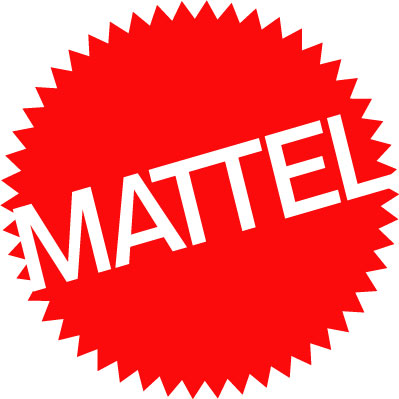
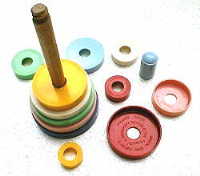
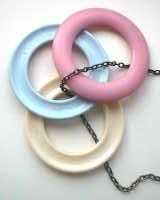
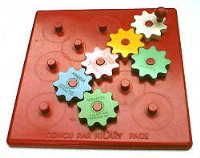
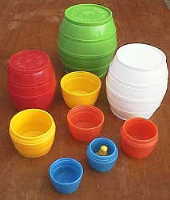
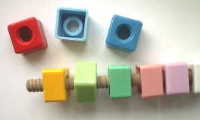
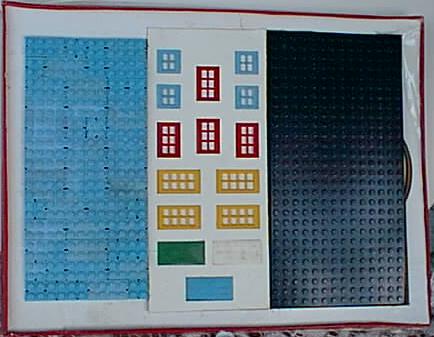
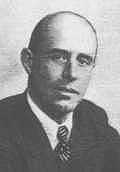 Hilary Page was born in 1904 and sadly committed suicide in 1957.
Hilary Page was born in 1904 and sadly committed suicide in 1957.